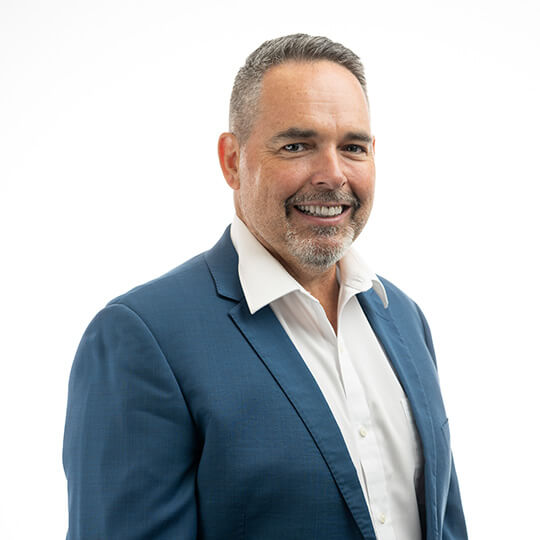When you are trying to secure finance, whether it’s for a home purchase or refinancing to get a better deal. Securing a mortgage and then choosing the right product can be a very complicated and often tedious task. Figuring out exactly how strong your credit rating and overall finances are can be a headache to even the most organized of people let alone the layman who just wants to explore buying a new property for his family.
One of the many things that will require your attention is who you get the loan from and the various different kinds of interest rates on the loan that are available, which may vary dependent on the person you have organizing them for you. Let’s discuss two most common kinds of rate and see the differences between them.
Fixed interest Mortgage (Fixed rate home loan)
This simply means that before you take out your loan, you and your broker will sit down together and try to source the best possible interest rate from a provider and then that rate will be frozen for the term of the loan on offer. IE: 3 year fixed rate – the rate is frozen for 3 years.
The upshot is that in times of financial hardship, the rate you agreed on is still fixed even if interest is increasing. The downside is that you could potentially save less if the interest rates turn favorably. Many clients look at a combination of fixed and variable – to allow extra repayments to be made on the variable portion of the loan that may not be able to be made on the fixed rate portion due to restrictions on additional payments over and above the fixed rate payments by the lender.
These fixed rate loans normally revert to the variable rate on offer with that lender when the fixed rate period expires. You can elect to roll into another fixed rate period rather than into variable. This is something you should discuss with your mortgage broker – considering your current life and financial situation at that time.
Variable interest mortgage (Variable rate home loan)
This kind of mortgage is the polar opposite of the one above, meaning that in practice; you agree to adhere to the baseline variable interest rate that is set by the financier.
This variable rate is normally linked to the current Reserve Bank Rate and can move with the market – up or down. And these rates are reviewed monthly when the RBA meets. This can be great if you know that the financial market is going to be stable and potentially offer you greater savings than a normal fixed interest loan if the waters remain stable for an extended period. This also means that over the lifespan of your mortgage, with a lower interest rate you could inevitably end up paying off the interest of the loan faster than a higher rate, meaning you get around to paying off the main loan amount or “principal” a lot quicker.
However, everyone is different. And the benefit of having a fixed rate loan – whereby you know exactly how much the payments will be for a fixed period – can be attractive to some. If you take a variable rate loan – and set your payments to a slightly higher rate than being offered – you can mitigate and “get used to” payments – so that even if the banks increase rates – you are still living within your means. Who variable rates loans – you may also qualify for an offset account – whereby your day to day savings and salary can be used to reduce the interest you are charged on your home loan. This for some people can save thousands of dollars over the term of their loan.
Whatever you do make sure you thoroughly discuss it with your mortgage broker. To see what we could do for you in this regard please click here.

Patrick Cranshaw, a Certified Mortgage Professional for over 21 years, founded North Brisbane Home Loans in 2002. His career began with ANZ Bank in New Zealand, where he progressed over 16 years to a Business Banking role in Virginia. After moving to Brisbane in 2000, Patrick led the QLD market for a home loan agency, helped set up the REMAX Real Estate Finance division, and practiced as a broker.







